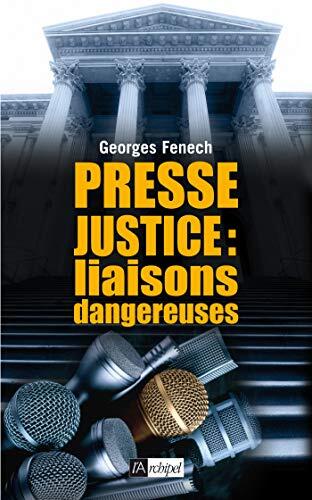
Garantir que le crime ne paie pas : stratégie pour enrayer le développement de: STRATÉGIE POUR ENRAYER LE DÉVELOPPEMENT DES MARCHÉS CRIMINELS
by
Cutajar C. (Dir.)
No ratings yet
Mystery
Format
Paperback
Pages
336
Language
French
Published
Jan 18, 2011
Publisher
PU STRASBOURG
Edition
P U DE STRASBOURG
ISBN-10
2868204678
ISBN-13
9782868204677
Description
In this insightful exploration, the author delves into the pressing issue of criminal markets and their far-reaching impacts on society. With a keen analytical eye, they examine the various strategies that can be employed to halt the expansion of these illicit enterprises. The narrative is woven together with compelling arguments that highlight the urgency of addressing this pervasive problem.
The book presents a multifaceted approach, analyzing the root causes of crime and the socio-economic factors that facilitate the flourishing of criminal markets. It not only focuses on policy-making and enforcement but also emphasizes the importance of community engagement and prevention strategies. By interlinking these themes, a comprehensive understanding of the challenge at hand is crafted.
Moreover, the author emphasizes the need for collaboration between governments, law enforcement agencies, and civil society. The text offers thought-provoking insights into how communities can become active participants in combating crime, fostering a collective responsibility.
Ultimately, this work serves as both a call to action and a strategic guide for stakeholders seeking to disrupt the cycle of criminal activity. It challenges readers to think critically about the future of justice and the role they can play in ensuring that crime does not pay.
The book presents a multifaceted approach, analyzing the root causes of crime and the socio-economic factors that facilitate the flourishing of criminal markets. It not only focuses on policy-making and enforcement but also emphasizes the importance of community engagement and prevention strategies. By interlinking these themes, a comprehensive understanding of the challenge at hand is crafted.
Moreover, the author emphasizes the need for collaboration between governments, law enforcement agencies, and civil society. The text offers thought-provoking insights into how communities can become active participants in combating crime, fostering a collective responsibility.
Ultimately, this work serves as both a call to action and a strategic guide for stakeholders seeking to disrupt the cycle of criminal activity. It challenges readers to think critically about the future of justice and the role they can play in ensuring that crime does not pay.
Reviews
Reading Log
No reading logs found
Start tracking your reading progress to see logs here
Add Your First Reading LogNotes
Transaction Log
No transaction logs found
Start tracking your book transactions to see logs here
Add Your First Transaction Log


















